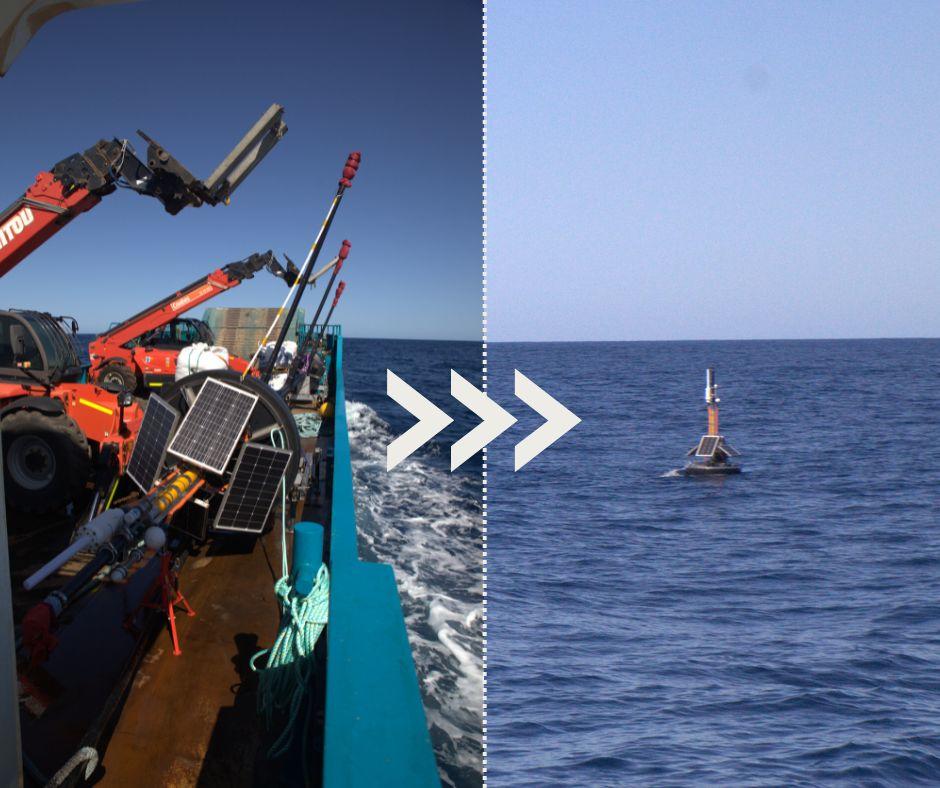Credit: NIST
NIST is headed down under to aid in the study of our ocean’s ecosystem!
Thanks to a collaboration between NASA and NIST, a new ocean color sensor buoy known as MarONet has been deployed off the western coast of Australia. NIST staff traveled to Australia to set up a new calibration lab for the sensor and assist with its deployment.
Phytoplankton are the basis of ocean life and can tell us a lot about climate change. The pigments in these plants support photosynthesis and can be measured by observing the ocean’s color, which becomes greener when more phytoplankton are present. Satellites can detect these colors from space, but determining the exact amounts requires carefully calibrated ocean-based sensors.
NIST’s specialized calibration system will serve as the primary reference for processing MarONet’s data and integrating it into NASA’s PACE (Plankton, Aerosol, Cloud, Ocean Ecosystem) mission.
MarONet is preceded by its “sibling” sensor, MOBY, which is located off the coast of Lanai, Hawai‘i. With MOBY collecting data for the Northern Hemisphere and MarONet collecting data for the Southern Hemisphere, these two sensors achieve a more comprehensive view of ocean color worldwide, providing insights into global ocean ecosystems and their impacts on climate.



